Destinations such as Ninh Binh, Ha Giang, Hoi An (Quang Nam)... demonstrate the effectiveness of this approach. However, the exploitation process also faces many difficulties. Some localities lack a long-term strategy, only focus on "seasonal tourism " or follow trends without investing sustainably...
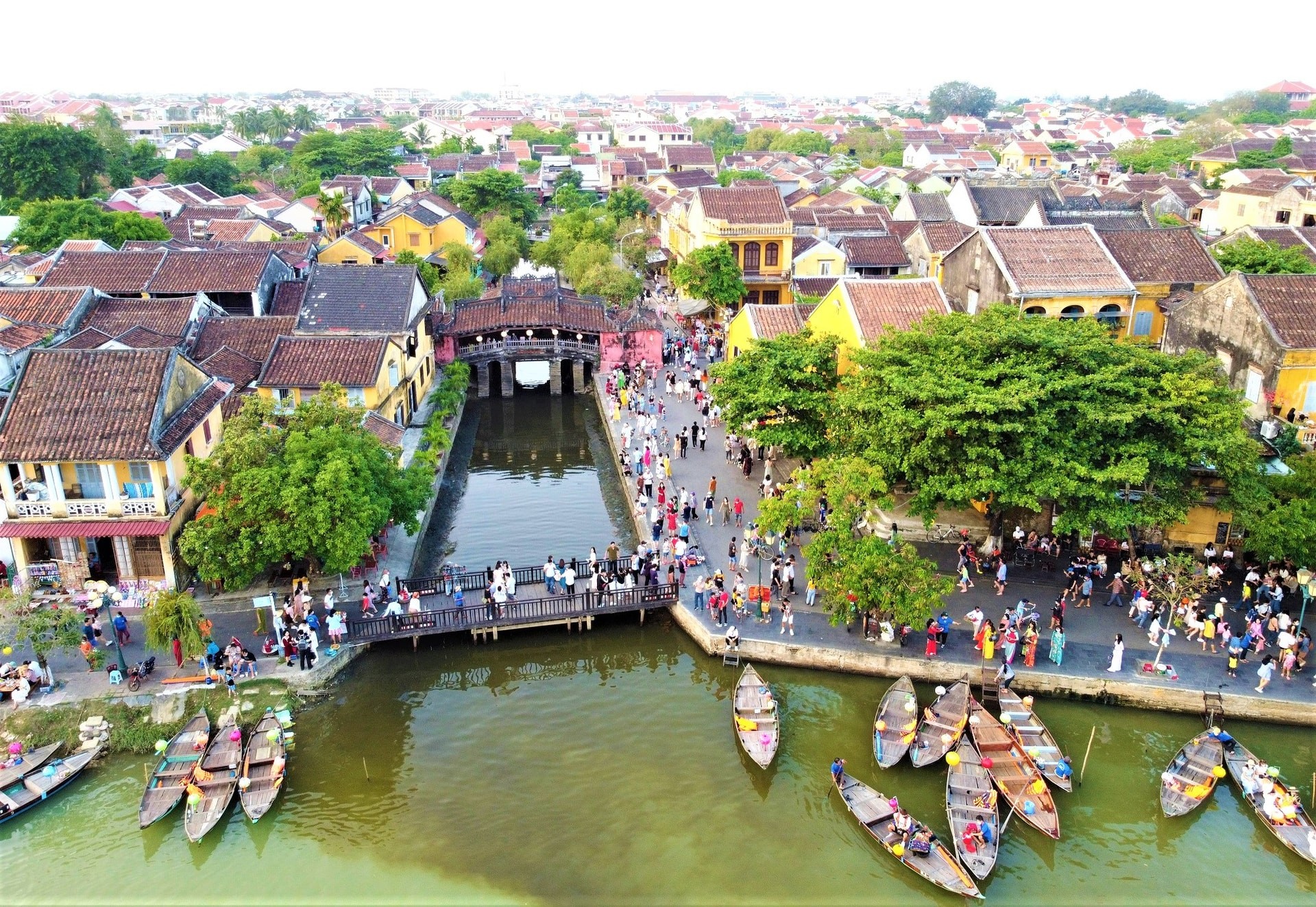
Heritage becomes attraction
In the past few days of May, Ninh Binh tourism has recorded many positive signals from a series of special events, attracting a large number of people and tourists. Typical are art programs such as: "Heritage for life", Non la Festival - Vietnam 2025, art programs in Hoa Lu Ancient Town... creating a cultural - artistic space with strong identity, creating a highlight for tourism.
Possessing both cultural and natural heritage, especially Trang An Scenic Landscape Complex - Vietnam's first dual world heritage, Ninh Binh has invested heavily in building an attractive destination image with landmarks such as Tam Coc - Bich Dong, Hang Mua, Bai Dinh Pagoda... not only providing diverse experiences but also contributing to promoting regional cultural identity.
The valuable thing is that Ninh Binh does not exploit tourism at all costs, but focuses on preserving the landscape and heritage values such as Trang An, Hoa Lu ancient capital, Bai Dinh pagoda... The tourism infrastructure is carefully planned, limiting concretization, preserving the pristine beauty of nature. That is also a very natural way to attract visitors, especially international tourists.
Along with Ninh Binh, Hoi An has also become one of the cultural tourism symbols of the country, when successfully combining ancient urban architecture and promoting traditional craft activities and folk festivals. Not only preserving almost intact the appearance of the ancient town with wooden houses, yin-yang tiled roofs, and narrow streets, Hoi An has also revived handicrafts such as lantern making, traditional tailoring, and fine art carpentry...
Folk festivals such as lantern festivals and Bai Choi singing are held regularly, becoming highlights in the tourist experience. Many tourists share that when coming to Hoi An, they feel like a “museum of architectural history and urban population”, where people live right in the heart of the heritage with customs, habits, behavior, cuisine, etc. still preserved. It is the resonance between tangible and intangible values that creates a unique identity for Hoi An, creating a special attraction.
Coming to Ha Giang, coming to Dong Van stone plateau, the architecture of rammed earth houses, stone fences, unique panpipe dance art or experiencing the customs of Mong, Dao, Tay ethnic groups... always bring many interesting experiences to tourists. Along with that, Ha Giang attracts tourists thanks to festivals imbued with cultural identity, such as Buckwheat Flower Festival, Mong Panpipe Festival, Khau Vai Love Market Festival... Each festival is a story about life, the beautiful traditional cultural features of the highland people.
In the first 5 months of 2025, the number of international visitors to Vietnam reached more than 9.2 million, an increase of 21.3% over the same period in 2024. In May 2025 alone, the number of international visitors to our country reached 1.53 million, an increase of 10.5% over the same period last year. Contributing to these impressive numbers are impressive destinations - destinations that have deeply exploited the value of indigenous heritage and culture.
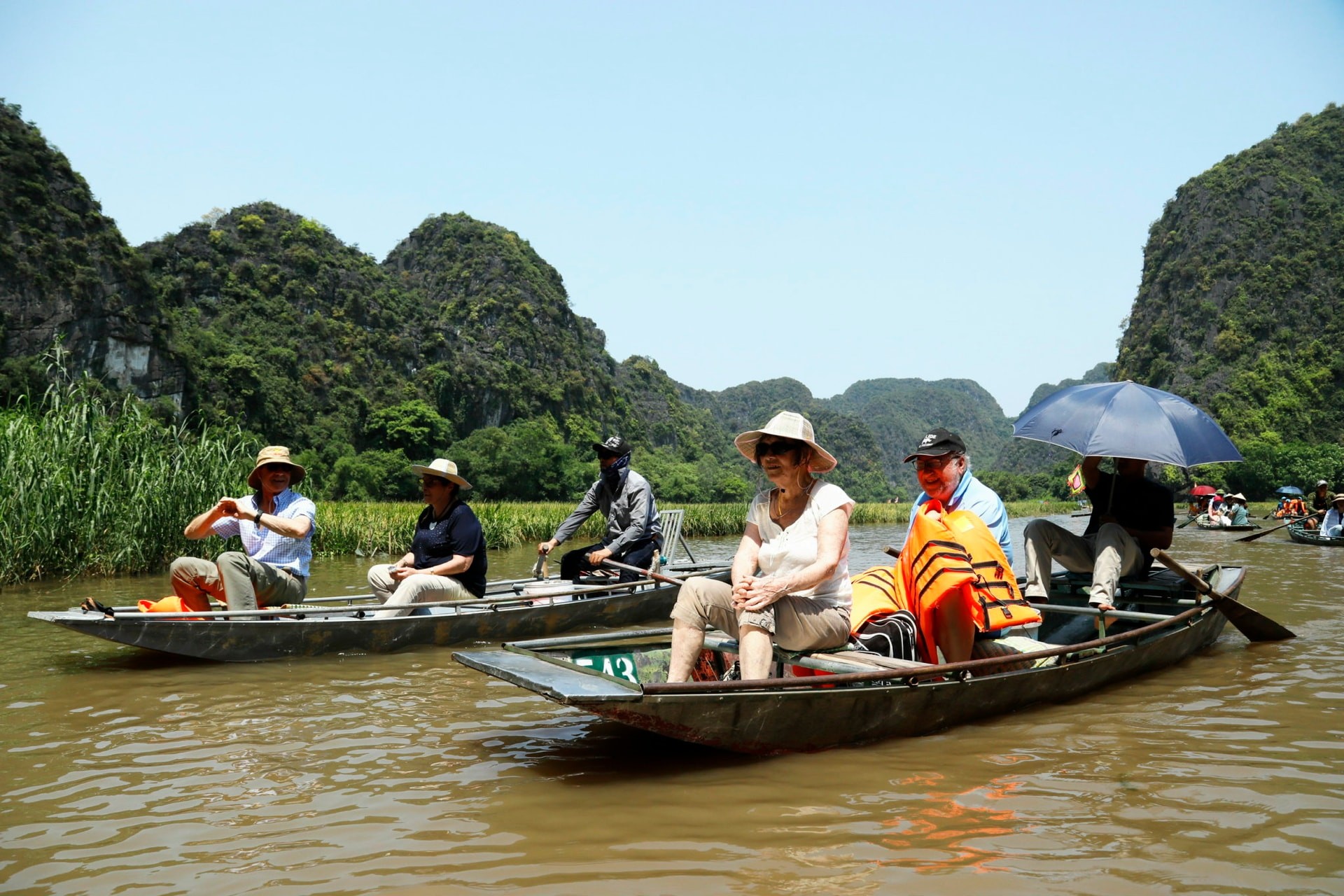
The dual benefits of heritage tourism
Dr. Hoang Thi Diep - former Deputy Director General of the Vietnam National Administration of Tourism (now the Vietnam National Administration of Tourism) commented that in many places, tourism activities based on culture and heritage are becoming a driving force for livelihoods and a key economic sector of the locality. Cultural and heritage tourism not only creates income and jobs but also creates resources to preserve and promote heritage values. That is the dual benefit of tourism combined with heritage. Heritage tourism creates a source of income, which is used to preserve, embellish, promote and promote the value of heritage.
However, in addition to the successes, many localities are still struggling to develop cultural tourism sustainably. In particular, some localities are still exploiting tourism in a short-term direction, following trends, or "doing seasonal tourism". Such as only focusing on organizing festivals and New Year holidays. Many tourism products associated with heritage are only at the performance level, lacking depth of content and experience.
In some localities, strong tourism growth has had negative impacts on heritage such as: excessive commercialization, heritage abuse, and improper restoration.
Therefore, to exploit heritage and culture in tourism, according to experts, long-term and synchronous investment is needed, close coordination between the tourism and culture sectors, local authorities, and especially community participation.
Typically, in Hoi An, people are trained to directly participate in serving tourists from doing traditional jobs, preparing dishes... to performing traditional arts such as Bai Choi singing. At Trang An Scenic Landscape Complex, the model of "enterprises and people participating in protection and exploitation" has been highly appreciated by UNESCO and considered a model that needs to be replicated. This not only creates sustainable livelihoods for people but also helps preserve traditional cultural heritage.
Associate Professor, Dr. Nguyen Thi Thu Phuong - Director of the Institute of Culture, Arts, Sports and Tourism affirmed that in the context of digital technology, multimedia communications booming, activating consumer demand in cultural industrial centers, the issue of greater competition between tourist destinations has been raised and requires localities that want to develop tourism to be able to tell cultural stories through tourism products.
Regarding this issue, some experts also said that there should be policies to support and encourage investment in the right areas; strengthen supervision of heritage conservation and exploitation; apply digital technology to tell heritage stories more attractively, attracting the younger generation and international visitors. Citing Ninh Binh as an example, Mr. Johnathan Baker - Chief Representative of UNESCO Office in Vietnam said that this special land is not only honored for its outstanding global values but also has a very vibrant landscape, with local communities deeply attached to natural and cultural resources. However, like many other World Heritage Sites, Trang An is facing the challenge of balancing tourism development and heritage conservation.
According to Mr. Johnathan Baker, it is not only about how to attract more tourists, but also how tourism can nurture living heritage, contribute to improving the quality of life of the community and preserve the cultural identity of Trang An. Heritage and ecosystems are precious and limited values, once damaged, it will be very difficult to fully restore. Therefore, investment and development must go hand in hand with preserving heritage for future generations.
Cultural and heritage tourism is certainly still a strategic direction for Vietnam in the future. However, developing tourism from heritage requires a systematic and sustainable solution. In particular, we must be very careful to avoid rapid development and destruction of the landscape. At the same time, we must encourage local communities to proactively participate in heritage management, linking the interests of local communities with the preservation and promotion of heritage values. A portion of the revenue from heritage tourism must be reinvested in the preservation, restoration, glorification, reconstruction and management of heritage...
In the first 5 months of 2025, the number of international visitors to Vietnam reached more than 9.2 million, an increase of 21.3% over the same period in 2024. In May 2025 alone, the number of international visitors to our country reached 1.53 million, an increase of 10.5% over the same period last year. The high number of visitors is a positive factor contributing to the growth of the trade and service industry since the beginning of the year. In particular, revenue from accommodation and food services increased by 15.2% and revenue from tourism and travel increased by 24.7%.
Source: https://baolaocai.vn/khi-di-san-thanh-thuong-hieu-du-lich-post403688.html


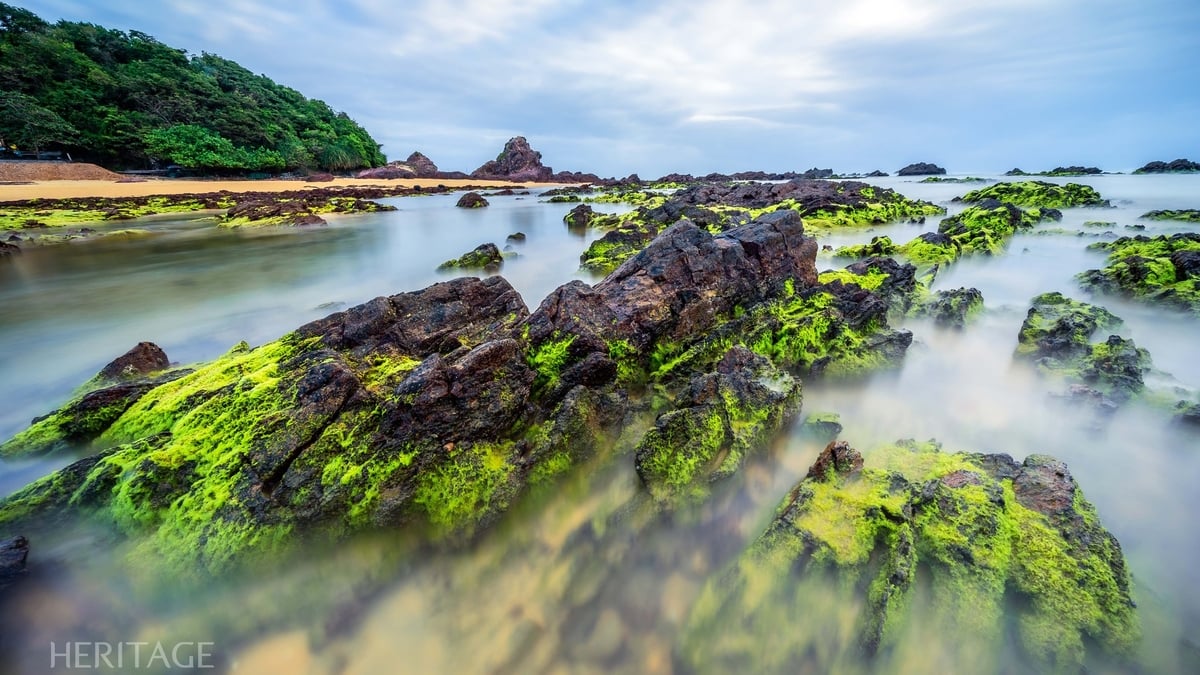
![[Photo] General Secretary To Lam meets with the Group of Young National Assembly Deputies](https://vphoto.vietnam.vn/thumb/1200x675/vietnam/resource/IMAGE/2025/6/24/618b5c3b8c92431686f2217f61dbf4f6)
![[Photo] Close-up of modernized Thu Thiem, connecting new life with District 1](https://vphoto.vietnam.vn/thumb/1200x675/vietnam/resource/IMAGE/2025/6/24/d360fb27c6924b0087bf4f288c24b2f2)

![[Photo] The 9th Party Congress of the National Political Publishing House Truth](https://vphoto.vietnam.vn/thumb/1200x675/vietnam/resource/IMAGE/2025/6/24/ade0561f18954dd1a6a491bdadfa84f1)

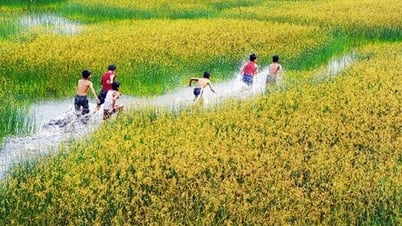

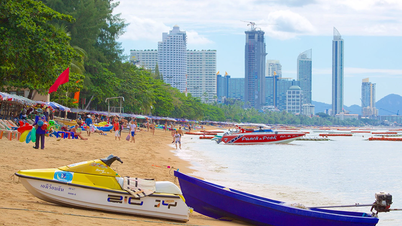

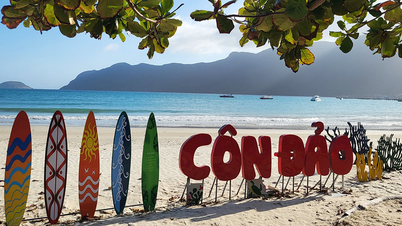
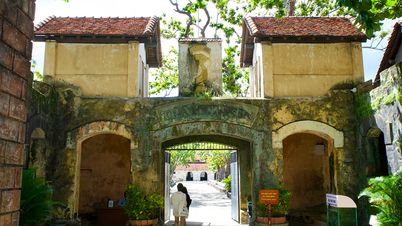
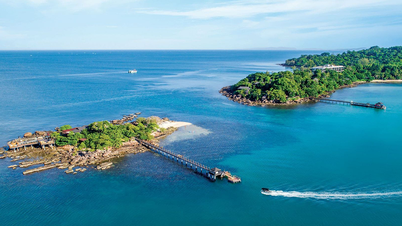

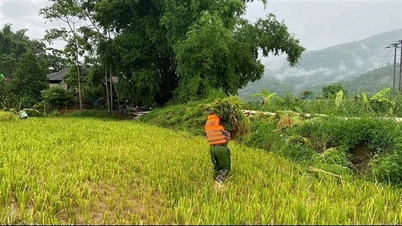
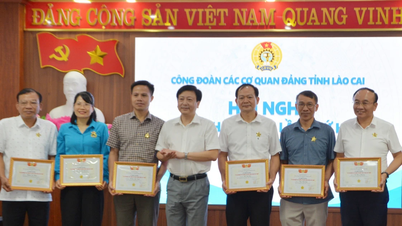
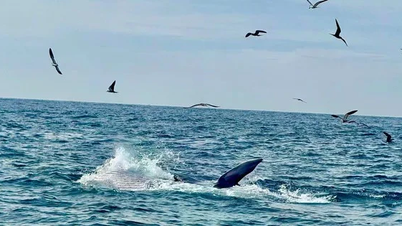



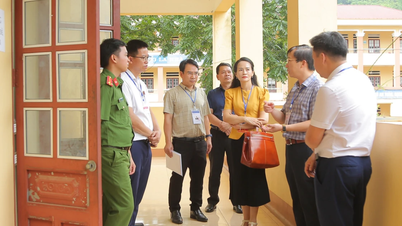




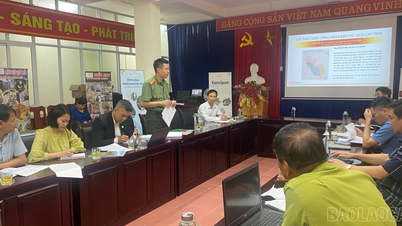

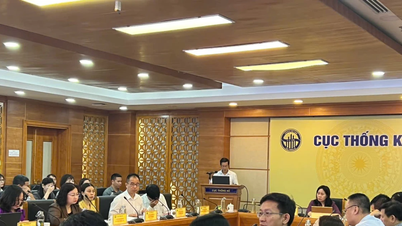
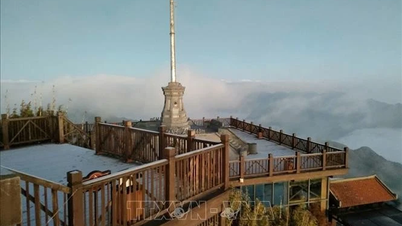
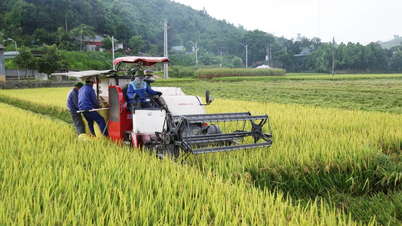

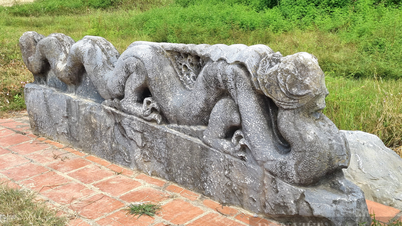

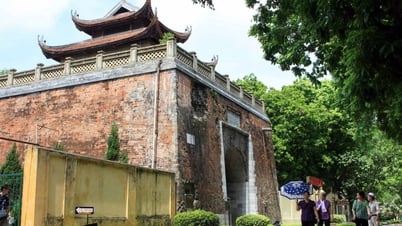

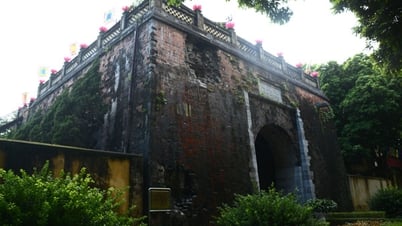

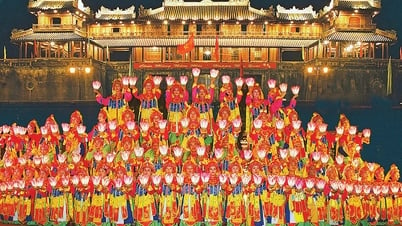



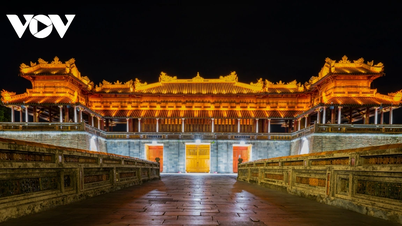

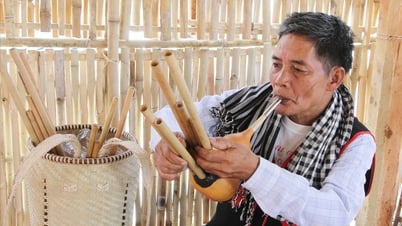





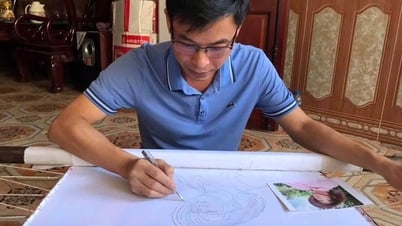




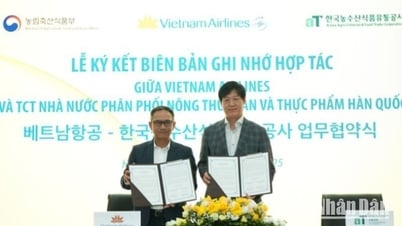

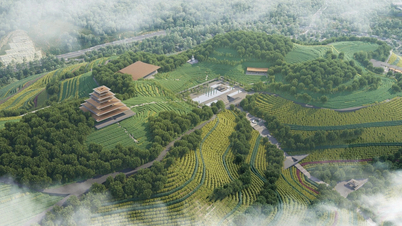






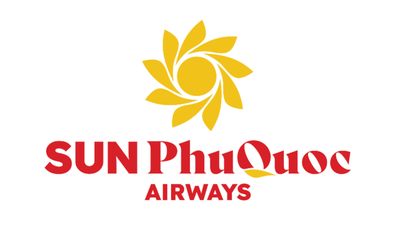
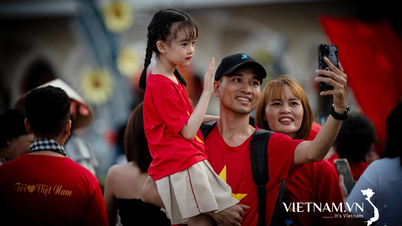
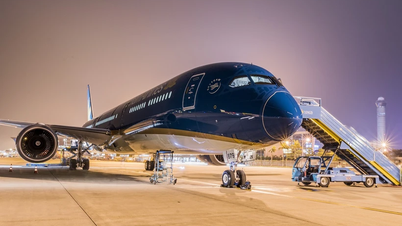
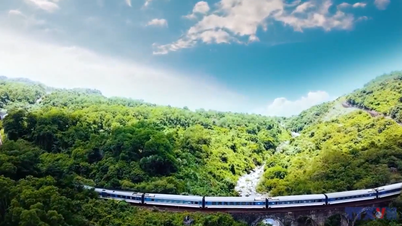








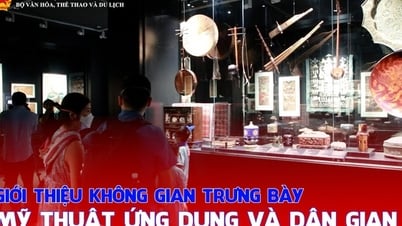

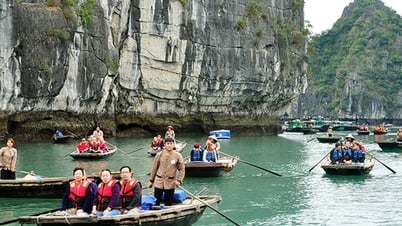

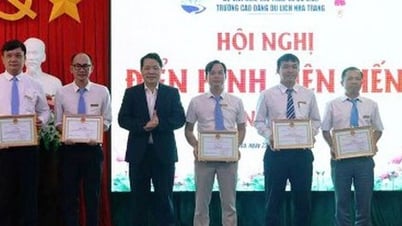



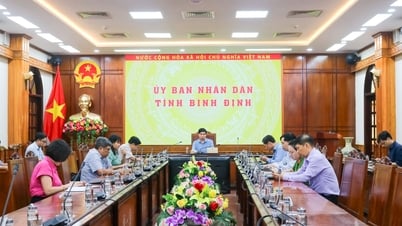



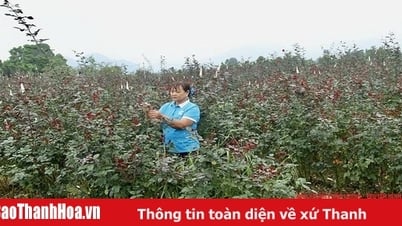

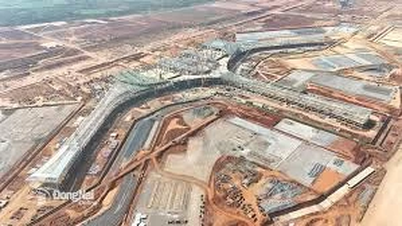

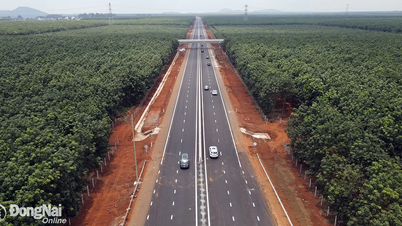













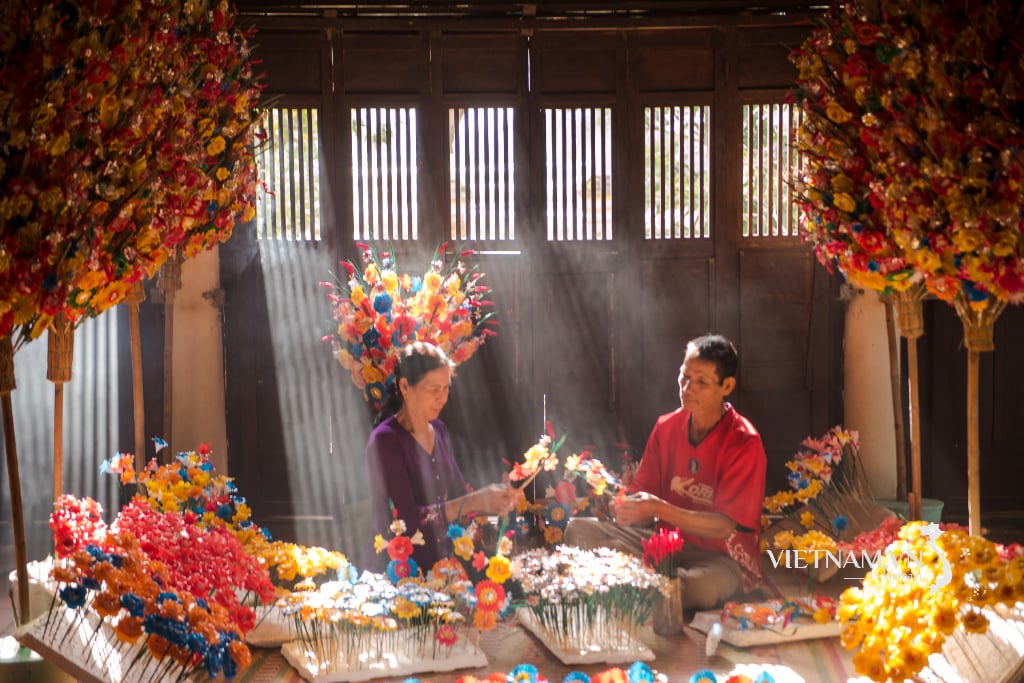
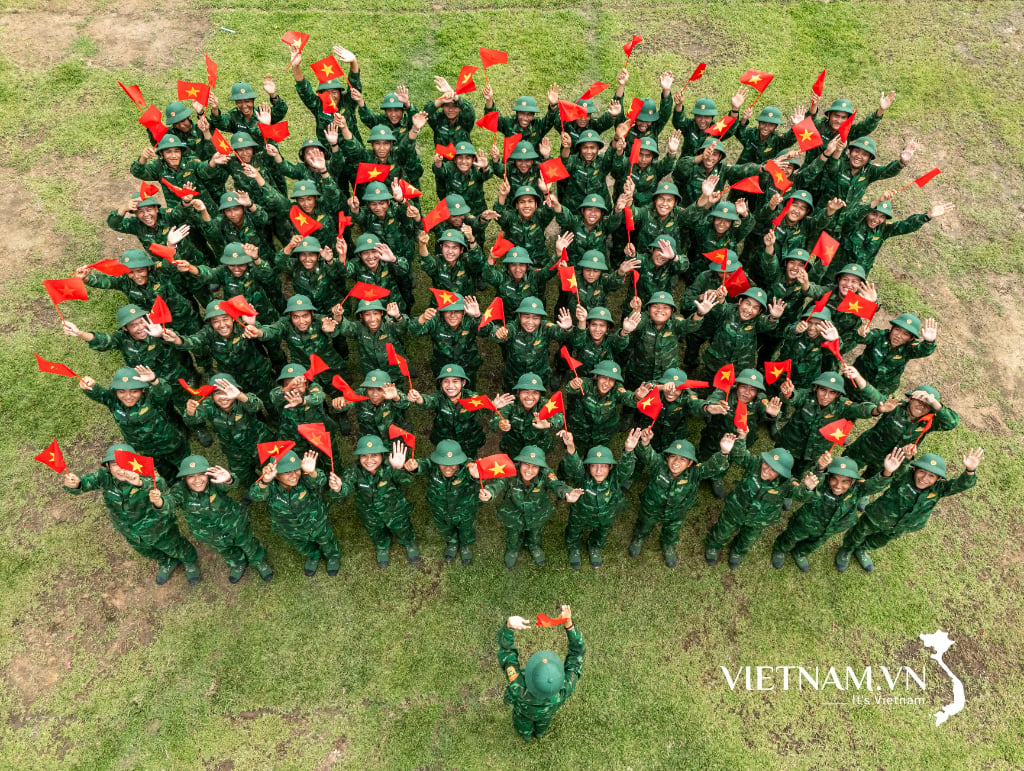
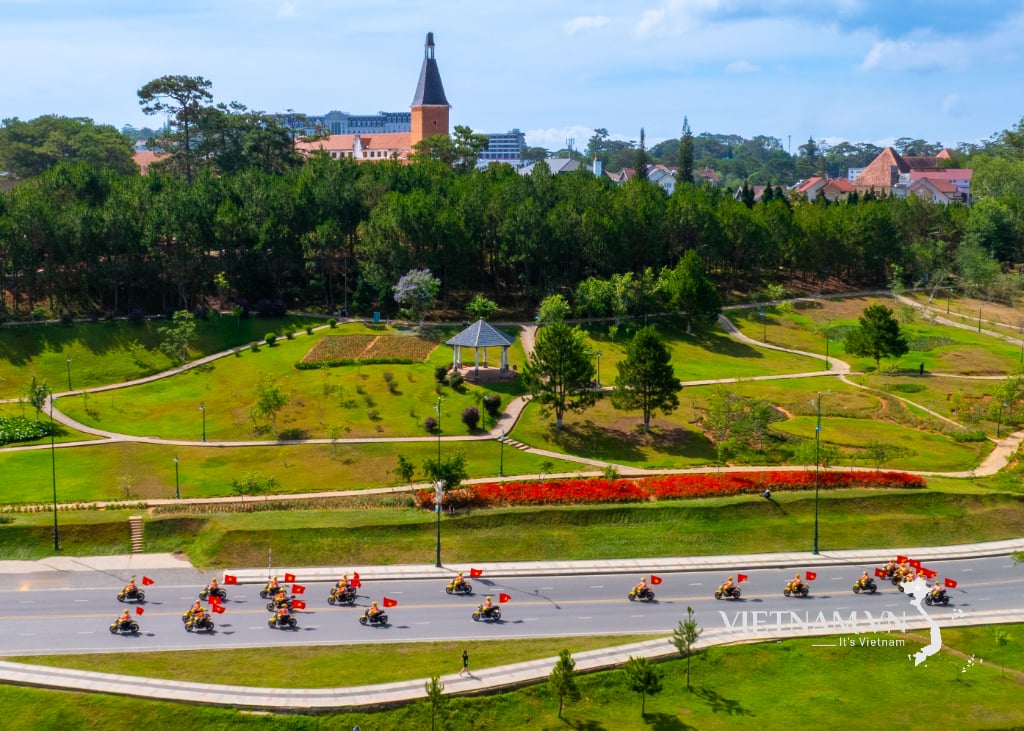
Comment (0)